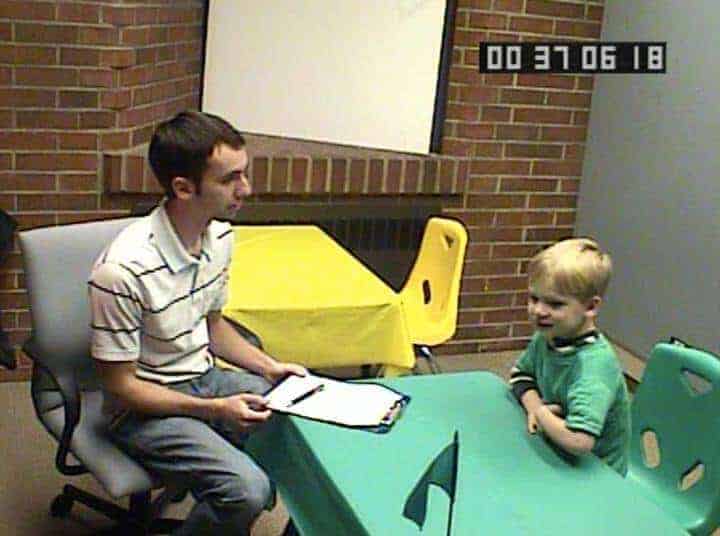Feeling they are part of a group increased preschoolers’ interest, success in STEM
Cultivating young children’s interest in science, technology, engineering and mathematics has become a leading educational priority, as experts predict that many future jobs will require substantial math and technology skills.
Early education in STEM topics, as they’re known, is critical for boosting later success in school and attracting students to occupations in those fields. But little has been done to optimize STEM curriculum for preschoolers or help children seek out and enjoy STEM tasks.
Now, a new study by University of Washington researchers shows that adding a basic social cue — making children feel like they’re part of a group — increased preschoolers’ engagement in STEM.
“At 4 and 5 years of age, social groups start to matter more to children and begin to influence who they are and what they’re interested in,” said lead author Allison Master, a research scientist at the UW’s Institute for Learning & Brain Sciences.
“If we can get children interested in STEM when they’re young, it has the potential to carry through their education and increase the number of students pursuing STEM careers,” she said.
The journal Developmental Psychology published the research online Sept. 5.
“We are capitalizing on kids’ interest in social groups to help boost their motivation in STEM learning,” said co-author Andrew Meltzoff, I-LABS co-director and the Job and Gertrud Tamaki Endowed Chair at UW.
“It’s a wonderful example of how basic science discoveries, in this case about the social nature of learning, can have practical applications and help children,” Meltzoff said.
An even mix of 141 boys and girls about 4-and-a-half years old participated in the study. Each worked on two STEM activities:
- A math task that involved matching cards showing a number (e.g., “6”) with a card depicting numbers of objects (e.g., six bluebirds)
- A spatial task that involved a 12-piece puzzle
Before each activity, an experimenter told the child whether they were doing the task as part of a group (e.g., “You are in the green group, and your green group does the number game”) or as an individual.
Each child did one game in the group condition and the other game in the individual condition. The group condition was in name only — all the children were tested separately and worked alone, and there was no competition between groups. But the study was designed to have many strong visual cues to remind children that they were working as part of their group (e.g., wearing the group’s color t-shirt, seeing the group’s color flag on the table).
For each activity, the researchers measured how well the children did, how long they persisted on it, and how they felt about each of the tasks. After completing both tasks — and experiencing both the individual and the group conditions — children were also asked to choose which one they liked more.
On all measures, the children did better when they felt they were part of a group rather than doing the task on their own.
“When told that they were part of a group, the children persisted longer, did better, enjoyed the task more, thought they were better at it, and chose that task over a task they did as an individual,” Master said.
The effect was strongest on the children (90 percent of those tested) who liked being part of their group.
Although social groups can be a positive motivator for children, Master cautioned that care needs to be taken so children don’t feel excluded from a group.
To avoid these potential pitfalls, Master suggested several strategies for adapting the study’s findings for use in classrooms:
- Make classroom-wide groups (e.g., “Our class goal is to learn math”) so that all children feel included
- Use social language, such as “time for us to do our math problems” to emphasize that the activity is shared
- Set goals that emphasize the process of the academic activity (“we do math”) instead of children’s ability for that activity (“this group is really good at math, but that group is not”)


